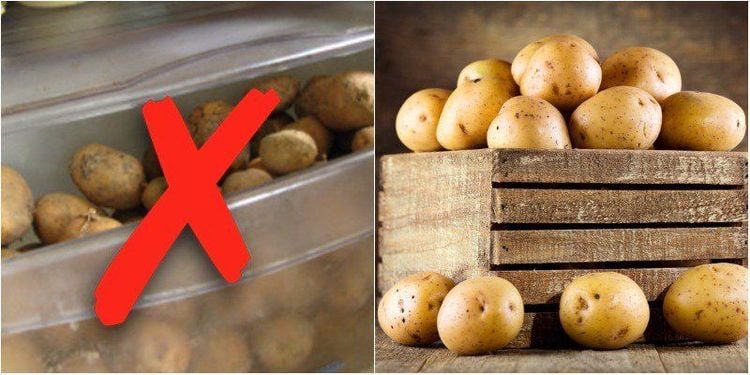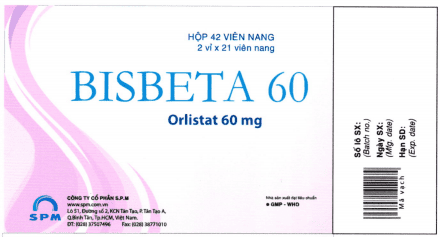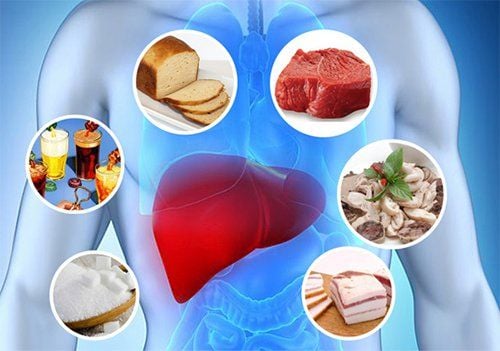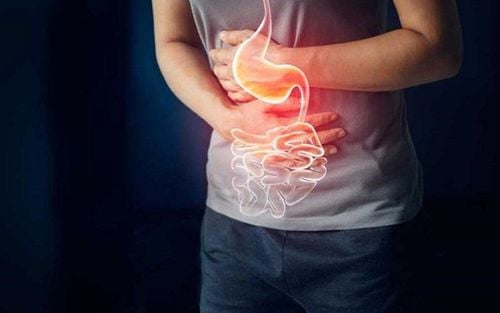This is an automatically translated article.
Acrylamide is a chemical that can form in some foods during high heat cooking. In laboratory studies, acrylamide caused cancer in animals (but at levels much higher than those found in foods). So how to cut down on Acrylamide in the diet?
1. What is acrylamide and in what foods?
Acrylamide has been in the headlines of nutrition talk lately because of all the health problems this chemical can cause to humans. Acrylamide has been present in foods for a long time, but it was not until 2002 that scientists realized that this compound was forming in many foods that we eat every day. In addition, scientists have also studied and shown the impact of consuming foods containing acrylamide on humans.
After years of research and showing the harmful effects of acrylamide on human health, the Food Standards Agency has released official advice on acrylamide. It is to highlight the impact of this compound as a potential cancer risk agent and to recommend that people minimize their exposure and risk of consuming acrylamide.
1.1 What is acrylamide and how does it form? Acrylamide is a chemical compound that is a natural by-product formed during the processing of foods, specifically starch, potato and grain products. Although we have only discovered its presence in cooked foods in the 21st century, it is likely that humans have consumed acrylamide through food for centuries before that, completely unaware of it. . The process of forming Acrylamide is called the “Maillard Reaction”, it occurs during cooking, sugars and amino acids naturally present combine in foods to give flavor, texture, color and taste. especially for food. This means that acrylamide is a by-product of this process in many foods.
1.2 What is the danger from acrylamide? For foods that can become contaminated with acrylamide when cooked at high combined temperatures for a long time, the levels of this compound found in foods can skyrocket. Foods with the highest risk of this disease include: Baked potatoes, chips, coffee, beets and toast; or in the normal manufacturing process of snacks such as chips, cakes and cookies also makes these foods susceptible to contamination.
In recent reliable research has shown that acrylamide can also appear during the processing of coffee beans. Several studies have shown a link between high acrylamide consumption and tumor formation. However, until now, scientists have not come to any definite conclusions, but it is widely acknowledged and agreed that acrylamide has the ability to cause cancer and promote the formation of tumors. cancer in the body.

Không bảo quản khoai tây trong tủ lạnh vì có thể làm tăng acrylamide trong quá trình nấu
2. How to Cut Acrylamide in the Diet
For those who want to lose weight, they can eliminate french fries from their diet because french fries are one of the foods that cause weight gain or become obese. Currently, families have been able to cut back on some fried foods due to the need to reduce excess fat in the diet as well as help cut down on acrylamide in the body. That's a good thing because high levels of acrylamide have been found to cause cancer in animals, and on that basis scientists believe it has the potential to cause cancer in humans.
FDA chemist Lauren Robin explains that acrylamide is a chemical that can form in some foods, mainly foods of plant origin. Especially in the process of cooking with high temperature such as frying and baking. Typical foods include potatoes, whole grains, coffee, crackers or bread, dried fruit, and many other foods.
According to the Grocery Manufacturers Association, acrylamide is found in 40% of calories consumed in the average American diet. While acrylamide has probably been around for a long time when people bake, roast, bake or fry food, it was only in 2002 that scientists first discovered the chemical in food. Since then, the FDA has actively investigated the effects of acrylamide as well as potential measures to reduce it.
On March 1, 2016, the FDA released a final document with practical strategies to help growers, manufacturers, and food service operators reduce the amount of acrylamide in foods associated with higher chemical content.
In addition, there are several ways every family can reduce acrylamide in food because acrylamide is made up of sugars and an amino acid that occurs naturally in foods. It does not form or forms to a lesser extent in dairy products, meat and fish. It occurs when foods are cooked even at home or in restaurants as well as when they are produced commercially. “In general, acrylamide is more likely to build up when cooking for longer periods of time or at higher temperatures,” says Robin. Boiled and steamed foods generally do not form acrylamide.
Thus, the trick to cutting down on acrylamide as Robin says given the widespread presence of acrylamide in food, it is not possible to completely eliminate acrylamide from one's diet but it can be minimized. acrylamide is loaded into the body. Here are some things you can do to help reduce the amount of acrylamide you and your family consume:
Frying will form acrylamide: When frying potatoes, especially frozen fries, follow these steps. manufacturer's recommendations for time and temperature, avoid overcooking, crunching or burning. Toast: Use bread that is light brown, not dark brown. Avoid areas that are too brown because processing uses high amounts of heat which causes the outer color of the product to burn. When cooking cut potato products such as frozen fries, they turn golden yellow rather than brown. Brown areas tend to contain more acrylamide. Also, do not store potatoes in the refrigerator as acrylamide can be increased during cooking. Keep potatoes outside of the refrigerator in a cool, dark place, such as a closet or pantry. The FDA also recommends that individuals develop a healthy eating plan for themselves and their families, consistent with the Dietary Guidelines for Americans. They emphasized foods such as fresh fruits, vegetables, whole grains, fat-free or low-fat milk and dairy products; which includes lean meats, poultry, fish, beans, eggs and nuts. Note to limit saturated fat, trans fat, cholesterol, salt (sodium) and added sugar.
When cooking or preparing starchy foods at home, housewives can completely reduce the amount of acrylamide in the diet by choosing cooking methods such as boiling or steaming instead of frying or roasting. When frying, roasting, or baking starchy foods, make sure to cook until they turn light golden, not dark brown. Besides, it is also important to take care not to store potatoes in the refrigerator if you intend to use them to make fried foods because this can increase the amount of acrylamide formed during processing. You can also reduce the amount of acrylamide in your diet by ensuring a balanced diet with plenty of fresh fruits and vegetables.
Please dial HOTLINE for more information or register for an appointment HERE. Download MyVinmec app to make appointments faster and to manage your bookings easily.
References: fda.gov, fsai.ie, hb-hub-stage.fbapphouse.com












